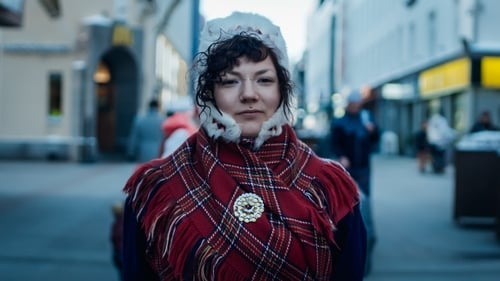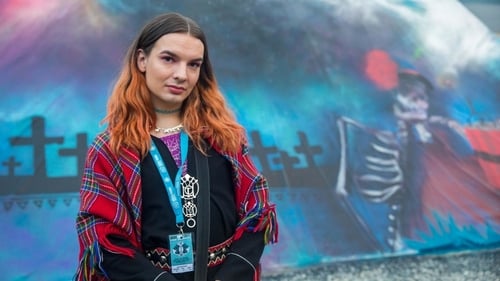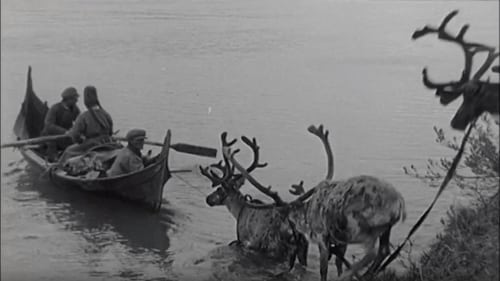Solju: Live @ G Livelab Helsinki (2018)
Genre : Music
Runtime : 20M
Director : Axa Sorjanen
Synopsis
The group SOLJU, formed by Ulla Pirttijärvi and her daughter Hildá Länsman, combines their heritage of northern Sámi language and traditional chant, known as yoik, with a desire for new and innovative music. SOLJU provides a dialogue of traditional and modern Sámi culture. Solju is proud of their indigenous roots and want to show it to the world. Sámi culture and identity lie at the heart of the music, reflecting mythology and aspects of the traditional lifestyles of their homeland. The listener is taken to the far north of Europe: Sápmi. Solju soundscape ranges from the expansive wilderness of the tundra to the most intimate lávvu fireplace. The music can be described as vivacious, colourful, earthy, ethereal, and genuine. Recorde live at G Livelab, Helsinki, April 25, 2018. Songs from Solju's debut album "Odda Áigodat" (New Times), produced by Samuli Laiho and Teho Majamäki, mixed by Riku Mattila.









